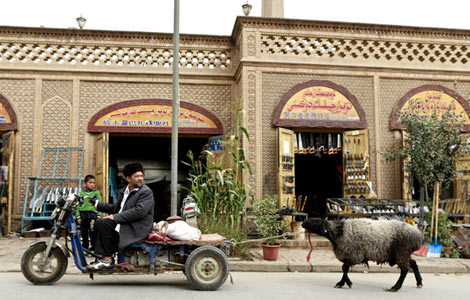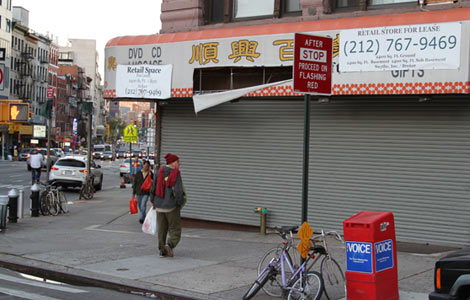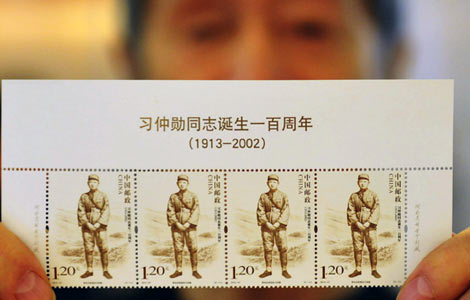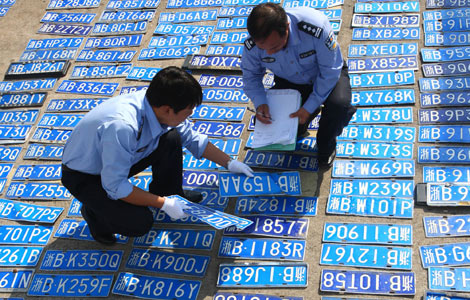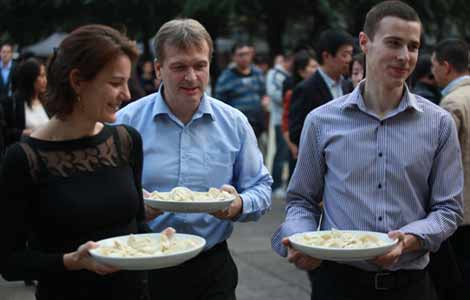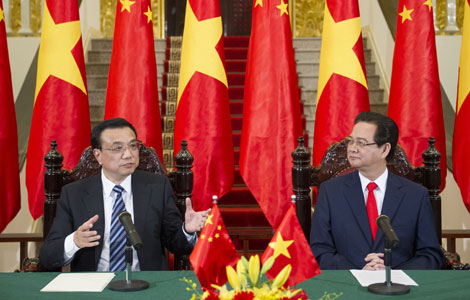Foreign products costlier in China
Updated: 2013-10-16 09:32
(China Daily)
|
||||||||
A survey conducted by a foreign media outlet shows that a cup of coffee at Starbucks costs more in Beijing than in other cities, such as Tokyo, New York City, London and Hong Kong. This is ridiculous, because Beijing's per capita real and disposable income is much lower than that in the aforementioned cities, says an article in Guangzhou Daily. Excerpts:
The price difference is not restricted to a cup of Starbucks coffee alone. For instance, a scoop of Haagen-Dazs ice cream in China costs about 30 yuan ($4.9) when one can buy a medium-sized tub of the ice-cream for only 50 yuan in a Canadian supermarket.
So why have even ordinary foreign-brands become high-end products in China? It's not because Chinese people are rich enough to afford such high prices. According to the International Monetary Fund, the per capita GDP of the Chinese mainland is $6,629, far less than $51,248 of the US.
A Starbucks outlet has to factor in material and operational costs. There may be little difference in material cost in this age of globalization, but the operational cost in China is definitely much lower than in the US. Although high taxes and logistics costs are ultimately transferred to consumers in the form of higher prices, the major reason for the high prices of foreign products could be attributed to Chinese people's consumption attitude. Driven by the blind pursuit of profit, Starbucks has positioned itself as a brand that offers better lifestyle, rather than products, to charge high prices.
To eliminate the price difference, we have to establish a free and fair market, lower taxes (the main factor responsible for high prices of foreign products) and establish a rational market environment that respects consumers. More importantly, Chinese brands have to improve their products to take on their foreign counterparts in the battle for market share.
(China Daily 10/16/2013 page9)
Most Viewed
Editor's Picks

|

|

|
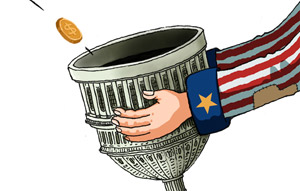
|

|

|
Today's Top News
IMAX in China exceeds CEO's expectations
China-UK cooperation projects inked
A life devoted to China-US ties
US inches toward deal to reopen govt
Yao, NBA to open training school for teens
Alcoa CEO to be feted by US-China Committee
'Against human nature'
Chinese firm in talks to buy NJ site
US Weekly

|

|
